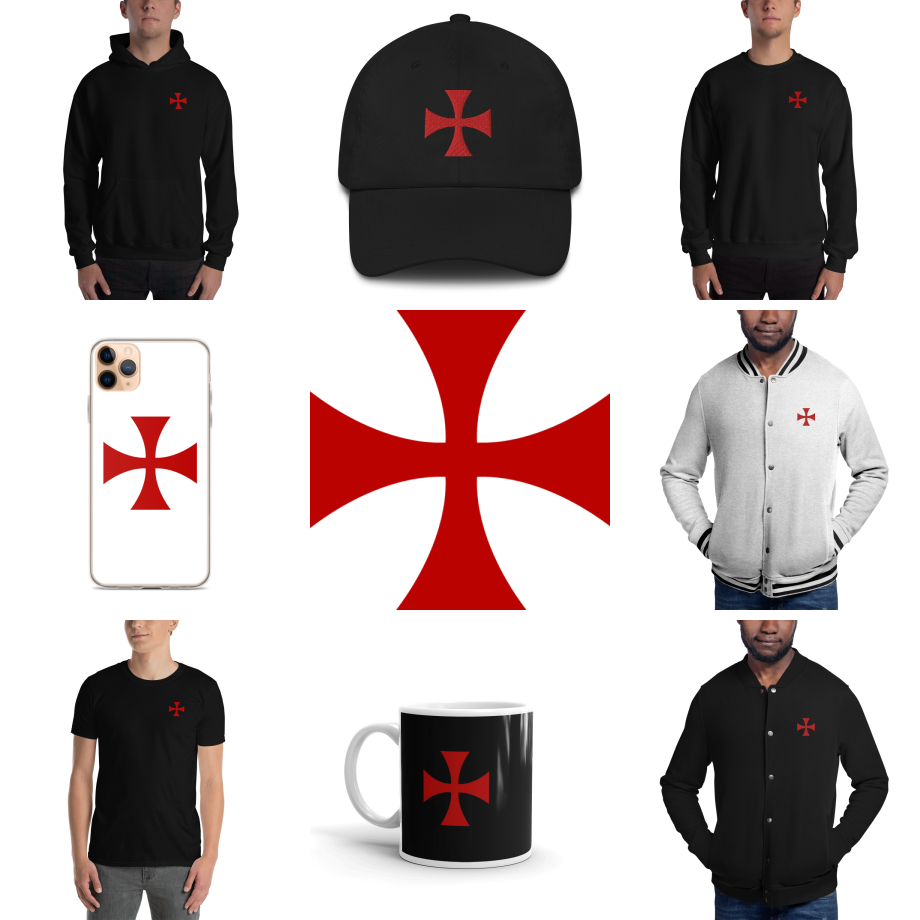The Royal Society, known as the premier scientific institution in the world, has played a critical role in the development and dissemination of scientific knowledge since its founding in 1660.
This article focuses on the Society’s evolution and achievements in the early 18th century, a time of rapidly advancing scientific exploration and innovation.
We will examine key figures, their contributions, and how the Society impacted science during this transformative period, as well as analyze the challenges and controversies that influenced its development.
The Royal Society in the Late 17th Century: Setting the Stage
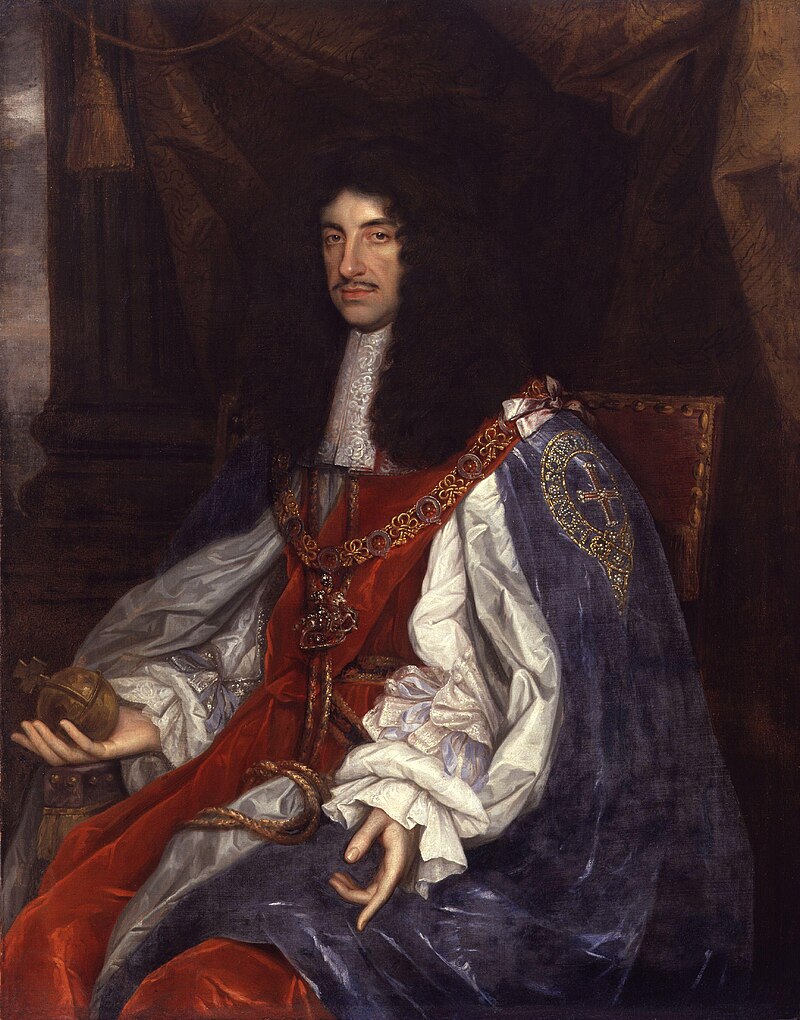
King Charles II
IMAGE LINKED: wikimedia Attribution 4.0 International (CC BY 4.0)
A Brief Review of the Society’s Founding and Early Years
Founded in 1660, the Royal Society was created as an independent scientific institution aimed at promoting scientific knowledge and discovery.
Formally known as “The Royal Society of London for Improving Natural Knowledge,” it was granted royal charter by King Charles II in 1662.
Over the course of its history, the Society has developed a reputation for becoming a leading force in the scientific community, attracting prominent scientists, philosophers, and other intellectuals.
Key Figures and Discoveries from the Late 17th Century
During its early years, the Royal Society boasted some of the most significant scientific figures, such as Isaac Newton, Robert Boyle, and Robert Hooke. Their work laid the foundation for future discoveries and advancements in various scientific fields, including physics, chemistry, and biology.
Key innovations from this period include Newton’s laws of motion and his theory of gravity, Boyle’s Law, and Hooke’s pioneering research in microscopy.
State of the Society at the Turn of the 18th Century
By the dawn of the 18th century, the Royal Society had established itself as a prominent institution, promoting scientific research and fostering the exchange of ideas within and beyond the British Isles.
Nonetheless, the Society faced challenges, including financial constraints, rivalries, and internal disputes. With new members and ground breaking discoveries, the early 18th century would witness the Royal Society’s continued growth and influence.
Key Figures in the Royal Society during the Early 18th Century
Prominent Members and Their Contributions
The early 18th century saw the rise of notable scientists within the Royal Society, including Edmond Halley, John Hadley, and William Herschel.
Halley, a pioneering astronomer, predicted the return of the comet now named after him, Halley’s Comet.
John Hadley, an inventor and mathematician, contributed to the development of navigation instruments.
William Herschel, a German-born astronomer, discovered the planet Uranus, expanding our understanding of the solar system.
These eminent scientists not only made significant contributions to their respective fields but also played vital roles in influencing the direction of the Royal Society as an institution.
Their scientific achievements and prestigious reputations helped affirm the Society’s legitimacy and impact on the global scientific community.
Major Scientific Discoveries and Contributions
Main Fields of Study during the Early 18th Century: During the early 18th century, many scientific disciplines were invented or refined, from astronomy to chemistry and biology to geology. The Royal Society played an essential role in fostering these emerging fields and ideas.
Key Discoveries and Breakthroughs: Many ground breaking discoveries occurred during these years, driven primarily by members of the Royal Society.
Some of these achievements include determining the properties of gases (Daniel Bernoulli), calculating the speed of light (Ole Rømer), and developing the first vaccine (Edward Jenner).
Impact of Discoveries on Broader Scientific Community and Society: These early 18th-century discoveries not only transformed scientific thinking but also had significant societal implications, shaping our modern perception of the world and its laws.
The advancements being made in various fields fueled interest in scientific inquiry, creating fertile ground for further exploration and innovation.
Challenges and Controversies
Internal Conflicts and Controversies: Throughout its history, the Royal Society has faced many internal disputes and controversies, some of which pertain to competitive rivalries between scientists, disagreements over research methodologies, or debates regarding the organization’s structure and governance.
External Challenges, Political and Social Pressures: The Royal Society also confronted external challenges, such as political and social pressures, that hindered or influenced its endeavours. Factors such as religious tensions or political upheaval often affected the Society’s functioning and reputation.
How Challenges Shaped the Society’s Development: The way in which the Royal Society navigated these challenges helped define its character, approach, and resilience as an institution committed to advancing scientific knowledge and inquiry.
Influence and Legacy of the Royal Society in the 18th Century
Society’s Impact on the Scientific Community and Broader Society: Throughout the 18th century, the Royal Society continued to foster advancements and establish itself as the leading platform for scientific discourse.
Its influence on the broader scientific community and society was undeniable, as it shaped policy, funded research, and set the standard for scientific rigor and cooperation.
Legacy of the Society’s 18th Century Involvement in Modern Science: The work of the Royal Society during the early 18th century not only laid the foundation for many modern scientific concepts and disciplines but also left an indelible mark on the nature and culture of scientific inquiry.
Many of the principles and values established during this era, such as the importance of systematic observation, experimentation, and peer review, continue to guide scientific endeavors to this day.
Role of the Society in Shaping the Future of Scientific Inquiry: The Royal Society’s integral role in the scientific landscape during the early 18th century foreshadowed its ongoing importance in the global scientific community, providing essential support, collaboration, and guidance for generations of researchers.
In Conclusion
The early 18th century marked a transformative period for the Royal Society, thanks to the contributions of its distinguished members and ground breaking scientific discoveries.
Despite numerous challenges, the Society persisted in promoting and shaping the future of scientific inquiry.
The enduring legacy of the Royal Society’s work during this time can be seen in the modern scientific landscape, as it continues to inspire, guide, and drive the pursuit of knowledge for the betterment of humankind.
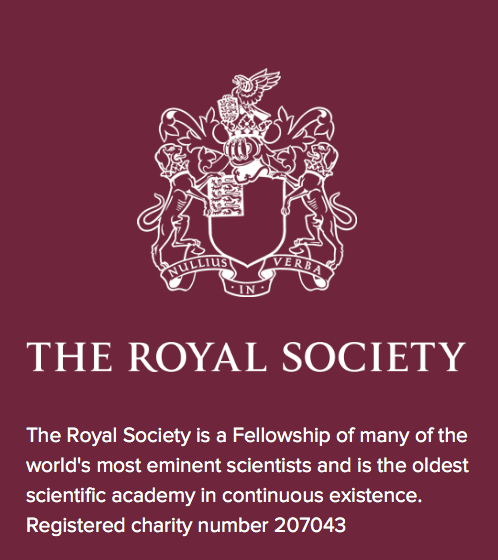
The Society’s fundamental purpose, reflected in its founding Charters of the 1660s, is to recognise, promote, and support excellence in science and to encourage the development and use of science for the benefit of humanity.
The Society has played a part in some of the most fundamental, significant, and life-changing discoveries in scientific history and Royal Society scientists continue to make outstanding contributions to science in many research areas.
Web Site: royalsociety.org
Recent Articles: masonic history
 Protestantism and Masonic Influence in Brazil Discover the untold story of how Freemasons helped Southern Americans immigrate to Brazil post-Civil War, fostering economic and educational growth in Santa Bárbara d’Oeste and Americana. Learn about their pivotal role in establishing Protestant churches and ensuring the secularity of the Brazilian State amidst a Catholic-dominated society. |
 Explore the proper use of the sacred word in Brazilian Freemasonry through an analysis of Masonic literature and Bible translations. Uncover the errors in pronunciation and the need for corrections to maintain liturgical coherence in rituals. Discover insights on Masonry, rituals, and the Hebrew word Boaz. |
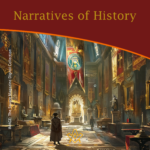 Narratives of History |
 A Very Royal Sesquicentenary |
 Unveiling the Enigma: Discover the Royal Society's Legacy and its Impact on Science. Delve into the fascinating history of the Royal Society, the prestigious UK academy shaping scientific progress since 1660. Explore its pivotal role in advancing knowledge, fostering collaboration, and unlocking the secrets of the universe. Prepare to be amazed! |
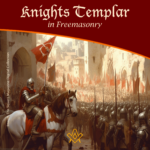 Knights Templar in Freemasonry Uncover the Mysteries of the Knights Templar in Freemasonry! Delve into the intriguing world where chivalry and symbolism intertwine. Discover the captivating rituals and ancient secrets behind the Knights Templar Masonic Orders. Explore the historical connection and delve into the enigmatic narratives that continue to fascinate enthusiasts today. Unveil the hidden truths now! |
 The Royal Arch stands as the rainbow of promise in the Ritual; it stands as the promise of the resurrection; of that which was lost and that it shall be recovered. The question arises as to whether the Master's Word was originally communicated in the Third Degree? On this point there is some diversity of opinion. Originally published in 1915, this insight into the Fourth Degree – the Holy Royal Arch – is as relevant today as it was over 100 years ago. |
 Unveiling the Mysteries of Druidism: Discover the Intriguing Connection with Freemasonry. Explore the ancient spiritual practice of Druidism and its fascinating ties to the enigmatic world of Freemasonry. Delve into the shared symbolism and rituals that have captivated minds for centuries. Unlock the secrets of these intertwined traditions today! |
 Uncover the legacy of freestone masons and their pivotal role in crafting medieval cathedrals. Discover the artistry behind their techniques, the hierarchy within their craft, and the enduring impact of their intricate carvings. A deep dive into the world of these master craftsmen awaits you! |
 Unearth the intriguing journey from Vincha Culture to Freemasonry. Discover how ancient building methods intertwine with modern Masonic philosophies. This exploration will shed light on the fascinating link between the Serbian term "shestarenye" and the symbolic significance of the compass in Freemasonry. |
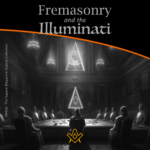 Freemasonry and the Illuminati Unravel the enigmatic world of Freemasonry and the Illuminati in our latest exposé. Dive into centuries-old mysteries, debunk conspiracy theories, and discover the truth behind these elusive societies. Are they puppet masters or mere myths? Join us as we dissect history and fact from fiction. |
 The Île des Templiers, or “Island of the Templars” lies within a leafy park in Paris. The execution site of Jacques du Molay, the last Grand Master of the Knights’ Templar bears a plaque with the epitaph ‘A cet endroit / Jacques de Molay / Dernier grand maître / de l'ordre du temple / a été brûlé le 18 Mars 1314’ (‘In this location / Jacques de Molay / Last grand master / of the order of the temple / was burned on 18 March 1314’) |
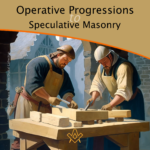 Operative Progressions to Speculative Masonry Both Operative and Speculative Masonry are an important part of the modern fraternity of Freemasonry, which combines elements of both traditions. Today, Freemasonry is a fraternity that is open to men of good character, who are interested in personal development and in making a positive contribution to their communities. |
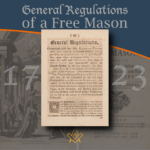 General Regulations of a Free Mason, 1723 General Regulations of a Free Mason as contained in Anderson's Constitutions of the Freemasons, published 1723. the Regulations are of great historical interest. Compiled by George Payne, the second Grand Master of the Premier Grand Lodge of England, they were printed in 1722/3, thus published just over five years after the formation of the Grand Lodge 1717. |
 The Genesis of the 1723 Book of Constitutions 2023, marks the three hundredth anniversary of the publication of the first printed Book of Constitutions of the Grand Lodge formally established in London two years previously. This is an anniversary whose significance extends beyond freemasonry. A paper by Andrew Prescott |
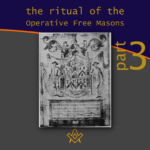 The Ritual of the Operative Free Masons - P3 Existing Operative Free Masons. The ritual I am about to refer, is that of "The Worshipful Society of Free Masons, Rough Masons, Wallers, Slaters, Paviors, Plaisterers, and Bricklayers." By Thomas Carr, M.D., P. M. Honorary Member of the Guild of Operative Free Masons |
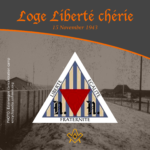 Liberté chérie was a Masonic Lodge founded in 1943 by Belgian Resistance fighters and other political prisoners at Esterwegen concentration camp. It was one of the few lodges of Freemasons founded within a Nazi concentration camp during the Second World War. |
 The Ritual of the Operative Free Masons - P2 If anyone doubts the fact that the formation of Speculative Free Masonry was due to and based upon Operative Free Masonry, it is quite easy to convince him of his error if he will only study the first Book of Constitutions. By Thomas Carr, M.D., P. M. Honorary Member of the Guild of Operative Free Masons |
 In 1881, Freemasonry rose from the ashes of a fire in the mining town of Kokomo, Summit County, Colorado. Corinthian Lodge No. 42, along with Kokomo, no longer exists but it holds the record of having been – at an elevation of 10,618 feet – the highest Masonic Lodge in the USA. |
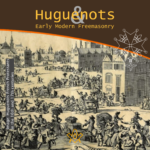 The Huguenots and Early Modern Freemasonry The Huguenots influence in the development of early modern Freemasonry at the time of the formation of the Grand Lodge in London around 1717 / 1723. |
 November is a month of reflection – perhaps due to the fact that we are getting close to the years' end – but also because Remembrance / Armistice Day (11 November) is a significant date in most countries' diaries. |
 Speculative Freemasonry, as practise by Grand Lodge of England, was officially born just over three hundred years ago, is today an international organisation, counting over six million members. It has been subjected to persecution, suppression, and abolition throughout its history. In its infancy, only a couple of decades after its official birth, it had already become a target. |
 The Ritual of the Operative Free Masons - P1 The original paper was written, first, to prove that Speculative Free Masonry was derived from Operative Free Masonry; second, to give some account of the Operative Free Masons, of their Ritual, and of their customs. By Thomas Carr, M.D., P. M. Honorary Member of the Guild of Operative Free Masons |
 American Fraternalism in the 19th and Early 20th Centuries The late 19th and early 20th centuries in the United States has been called the "Golden Age of Fraternalism." How did this come about and why was the idea of joining a fraternal organization so popular? We will explore this question and examine the regalia used by many fraternal organizations in this period. |
 Societas Draconistarum, meaning "Society of the Dragonists"– was a chivalric Order for selected nobility, founded in 1408 by Sigismund von Luxembourg, who through marriage became the King of Hungary (1387–1437) and later Holy Roman Emperor. The Order was fashioned after the military orders of the Crusades, requiring its initiates to defend the cross and fight the enemies of Christianity, in particular the Ottoman Empire. |
 The Perjured Free Mason Detected Was Samuel Prichard a perjured individual, or simply a misguided Freemason? Prichard's book "Free Masonry Dissected" published in 1730, is now used by many Masonic historians as a source of reference with regards to the introduction of the third degree into the Craft. But at the time it was published in 1730, it was not so well received by members of the Grand Lodge of England. |
 17th century and the Holy Royal Arch This article focuses on a period of transition between a point in time when we can safely and historically identify the first formation of what could be called as the ‘Royal Arch’ and the historical events that have preceded it. |
 Most Freemasons have heard the terms 'Operative' and 'Speculative' Masons, and this article helps to understand the difference: |
 Roberts' Constitutions of Freemasonry 1722 Published a year before Anderson's Constitutions, The Old Constitutions Belonging to the Ancient and Honourable SOCIETY OF Free and Accepted MASONS. Originally printed in London England; Sold by J. Roberts, in Warwick-Lane, MDCCXXII.(1722) |
 From 'Songs of religion and life', 1876 by John Stuart Blackie (1809-1895) |
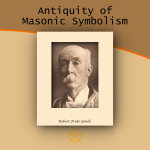 On the Antiquity of Masonic Symbolism Is the Symbolism of Masonry an inheritance derived from the old Masons who flourished before the era of the Grand Lodges (1717); or has it been borrowed from the Rosicrucians or others, after 1717? |
 Mason's Marks – from Egypt to Europe? Mason's marks have been a source of intrigue, not only to Freemasons but to historians and archaeologists. The use of simple pictograms have been employed for millennia by artisans to identify their work. But where did they originate and why? |
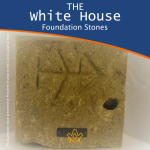 The White House Foundation Stones Further to the articles in our series on the history of the stone masons, we have a rather intriguing addition. During the 1950's renovation of the White House, President Truman retrieved more than 100 stone blocks with stonemasons marks. |
 What the Goose and Gridiron Tavern is in the ancient annals of London Freemasonry, The Green Dragon Tavern is to the memories of the Free-mason, of Boston and New England. |
 Auschwitz concentration camp: video photo article taken in 2013 |
 There are two things of importance happening this day - 27 January |
 Two approaches regarding the understanding of Freemasonry |
 Masonic Research in England c1930 An article which appeared in an American Masonic magazine, c1930 and which was reproduced in England, provoking a little controversy. |
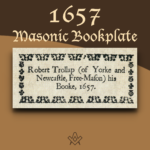 Masonic bookplates the ‘Brethren’s spiritual coats of arms and marks’ |
 The Unlawful Societies Act of 1799 Rebellious Freemasons and the 21st century |
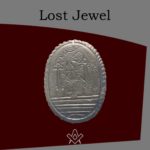 In 1912, Sarah Dowd of Dromore, Ireland, found a Masonic jewel dated 1517 - a date two hundred years before the establishment of Grand Lodge... |
 Freemasonry and Fascist Regime Interesting speech by the famous historian Prof. Aldo A. Mola, who links the fascist regime with the Masonic Associations. |
 Was famous Russian poet Alexander Pushkin a Freemason? And if so, was he a member of the lodge ‘for which all the lodges in Russia were destroyed’? |
 The Importance of Masonic Research Why is accurate - or authentic - Masonic research so important? The importance of making a daily advancement in Masonic knowledge is something that The Square is passionate about promoting. |
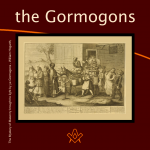 The Antient Noble Order of the Gormogons had a brief existence in the eighteenth century; they left few records or accomplishments, |
masonic knowledge
to be a better citizen of the world
share the square with two brothers

click image to open email app on mobile device
